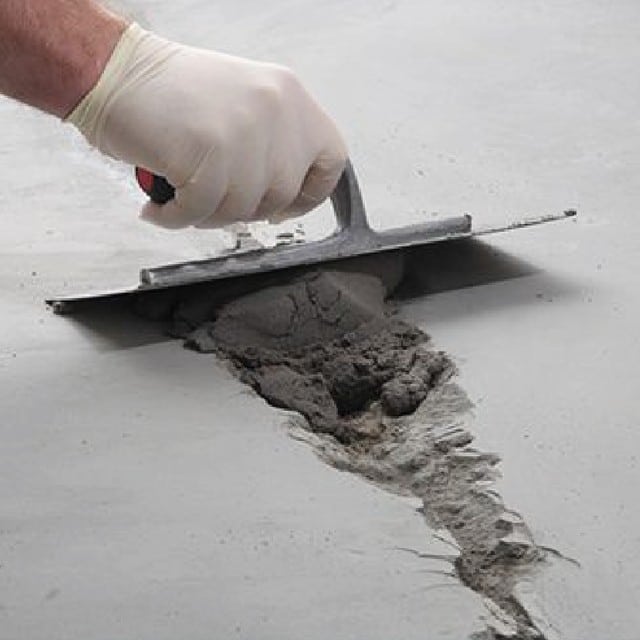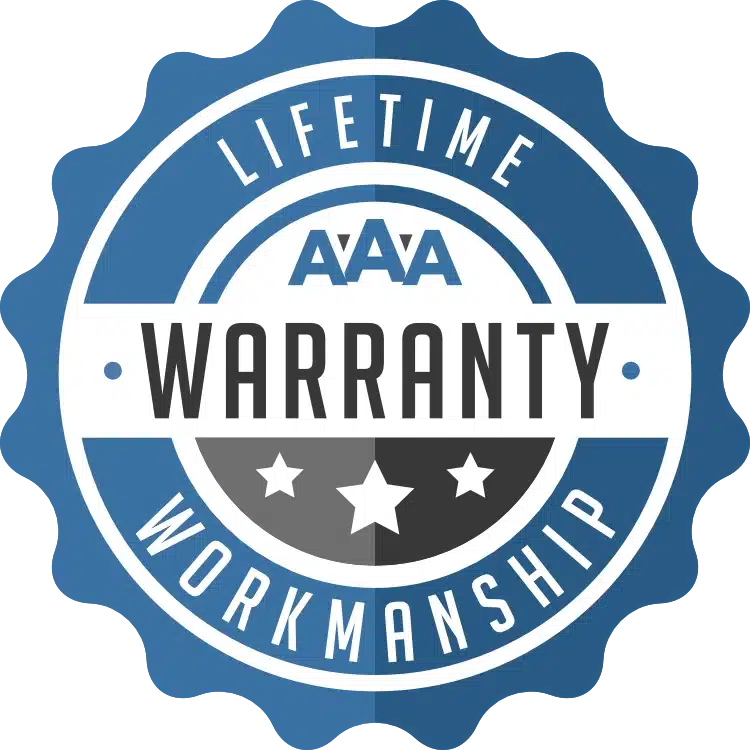REGINA CONCRETE CONTRACTORS
Fix or Replace
Cracked Concrete
Prevent Current & Future Issues
Fixing or replacing cracked concrete is essential for several reasons.
Ranging from water infiltration and pest infestation to safety and future costs. Whether it is a driveway, sidewalk, patio or garage pad.
Once the concrete is cracking, shifting or separating. Its time to consider repairing or replacing the concrete.
Here are the Top 10 reasons why replacing or repairing damaged concrete is important.
Aesthetic Appeal
Cracked concrete surfaces are unsightly and detract from the appearance of your property. Fixing or replacing cracked concrete helps maintain a clean and well-maintained look. Which can enhance curb appeal and property value.
PREVENT WEED GROWTH
Cracks in concrete can allow weeds to take root and grow. Which can further damage the concrete as the roots expand. Weeds also contribute to a neglected appearance and ongoing maintenance to remove.
WATER PENETRATION
Cracks in concrete can allow water to penetrate. This can cause m further deterioration. Water infiltration can cause the concrete to weaken, expand, and crack even more. Especially in areas subject to freeze-thaw cycles.
Worse yet, water can seep into your basement or cause foundation issues. By addressing cracks early. You can prevent more extensive and costly damage in the future.
LEGAL & INSURANCE ISSUES
Property owners are responsible for maintaining sidewalks and driveways in safe condition. Failing to repair cracked concrete could result in liability.
If someone becomes injured by tripping on your property. Additionally, some insurance policies require regular maintenance or repairs. Neglecting repairs could affect coverage.
STRUCTURAL INTEGRITY
Concrete is often used for its strength and durability. But, cracks can compromise its structural integrity. In the case of load-bearing structures like driveways and patios. Significant cracks can reduce their ability to support weight. Leading to more severe structural failures.
AVOID PEST INFESTATION
Cracks can create entry points for pests, such as insects and rodents. These pests can nest within the cracks and cause further damage. To both the concrete or adjacent structures. Sealing cracks can help prevent infestations.
SAFETY FOR EVERYONE
Cracked, heaving or shifting concrete can pose significant safety hazards. Cracks can create tripping hazards. For family, friends, postal carriers, couriers and guests walking on your property.
As well, here in Regina, we get snow. It can be very difficult to shovel driveways and sidewalks with cracks and shifting. This can cause ice to build up which is also a safety issue
ENERGY EFFICIENCY
For concrete slabs that are part of a building’s foundation. Cracks can lead to drafts and reduced energy efficiency. Sealing cracks can help maintain a consistent indoor temperature. As well reduce heating and cooling costs.
Property Value
The condition of concrete surfaces, like driveways, patios, and walkways can impact the value of your property.
Potential buyers or may decline to buy or offer a price reduction by the visible damage. Fearing future repair costs. Well-maintained concrete surfaces contribute to a positive impression and can increase property value.
COST-EFFECTIVENESS
Addressing small cracks early is less expensive than dealing with extensive damage later. Small repairs are cheaper to repair and quicker. While large-scale repairs or replacements are more time-consuming and costly.
REQUEST A BASEMENT
FOUNDATION REPAIR ESTIMATE
If your home signs of water seepage, uneven floors, cracks in walls or basement floor, gaps between floors and walls or shrinking soil around the foundation.
We also provide Free Quotes for Sidewalk & Driveway Replacement, Garage Pads, and Patios.



